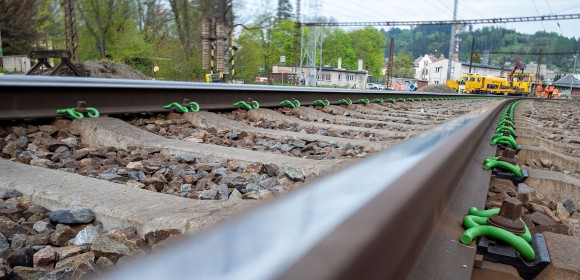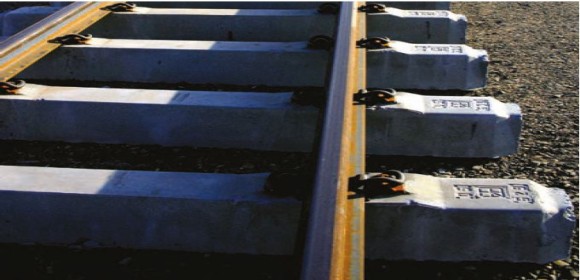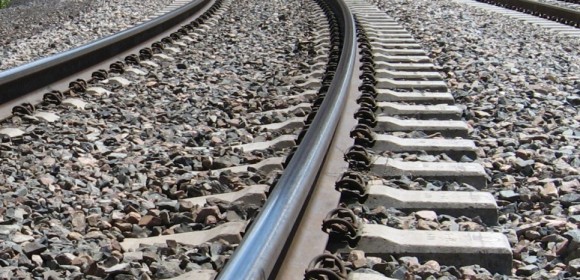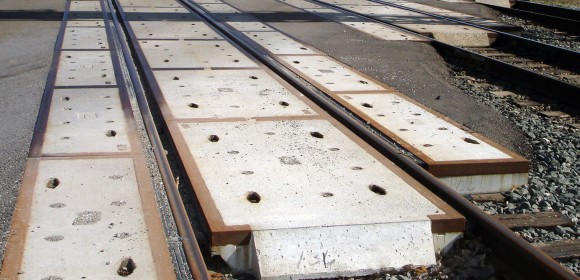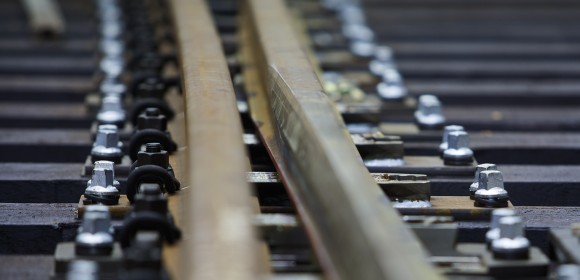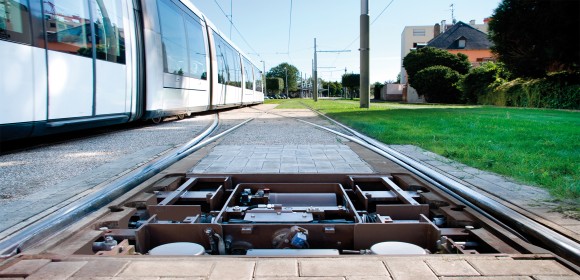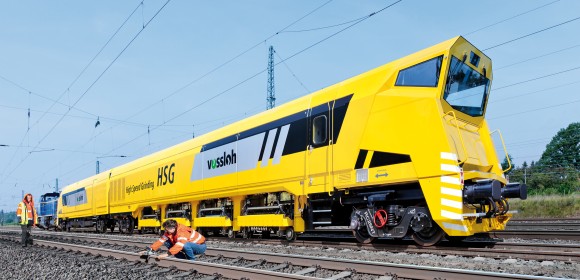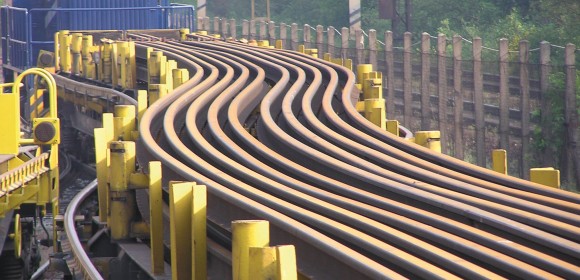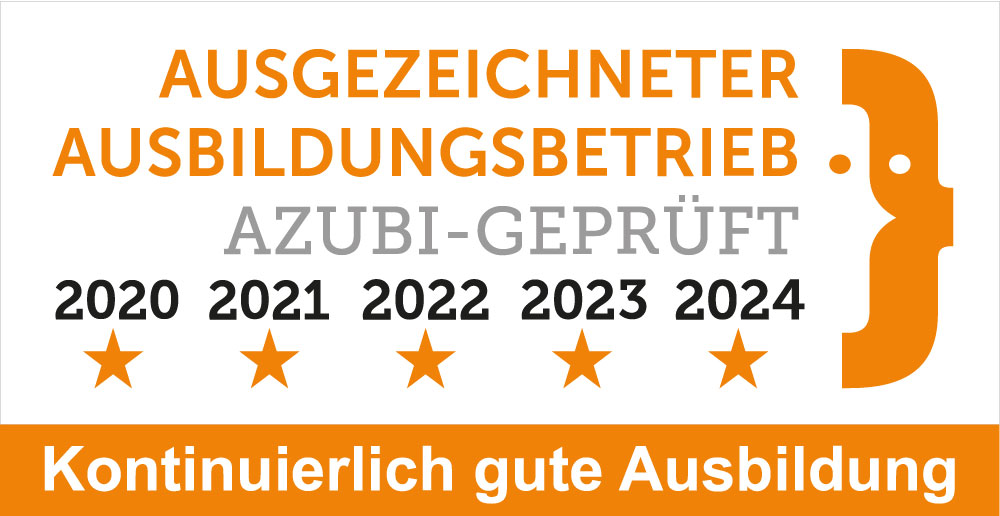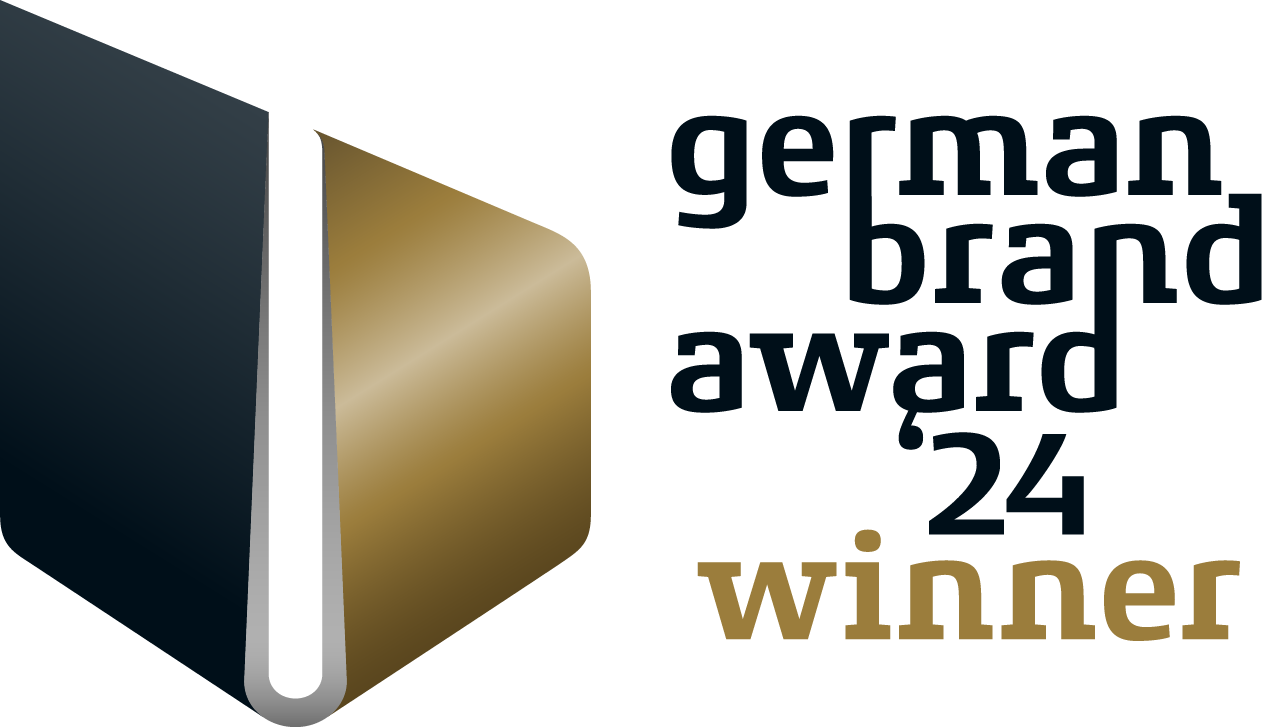Vossloh is a global technology group that has stood for quality, safety, customer focus, reliability and innovation for around 140 years. With our comprehensive range of products and services for the rail track , we are one of the world market leaders in this field. We offer a uniquely broad range of rail infrastructure solutions that are used in more than 100 countries: such as Rail fastening systems , concrete ties , switch systems and crossings as well as innovative and increasingly digital-based services for the entire life cycle of rails and switches. Our systemic understanding of the track addresses the central customer need of maximum track availability.
With nearly 4,200 colleagues and over 40 production locations, Vossloh is active locally worldwide. We are committed to sustainable corporate governance and climate protection and make an important contribution to the sustainable mobility of people and goods.

